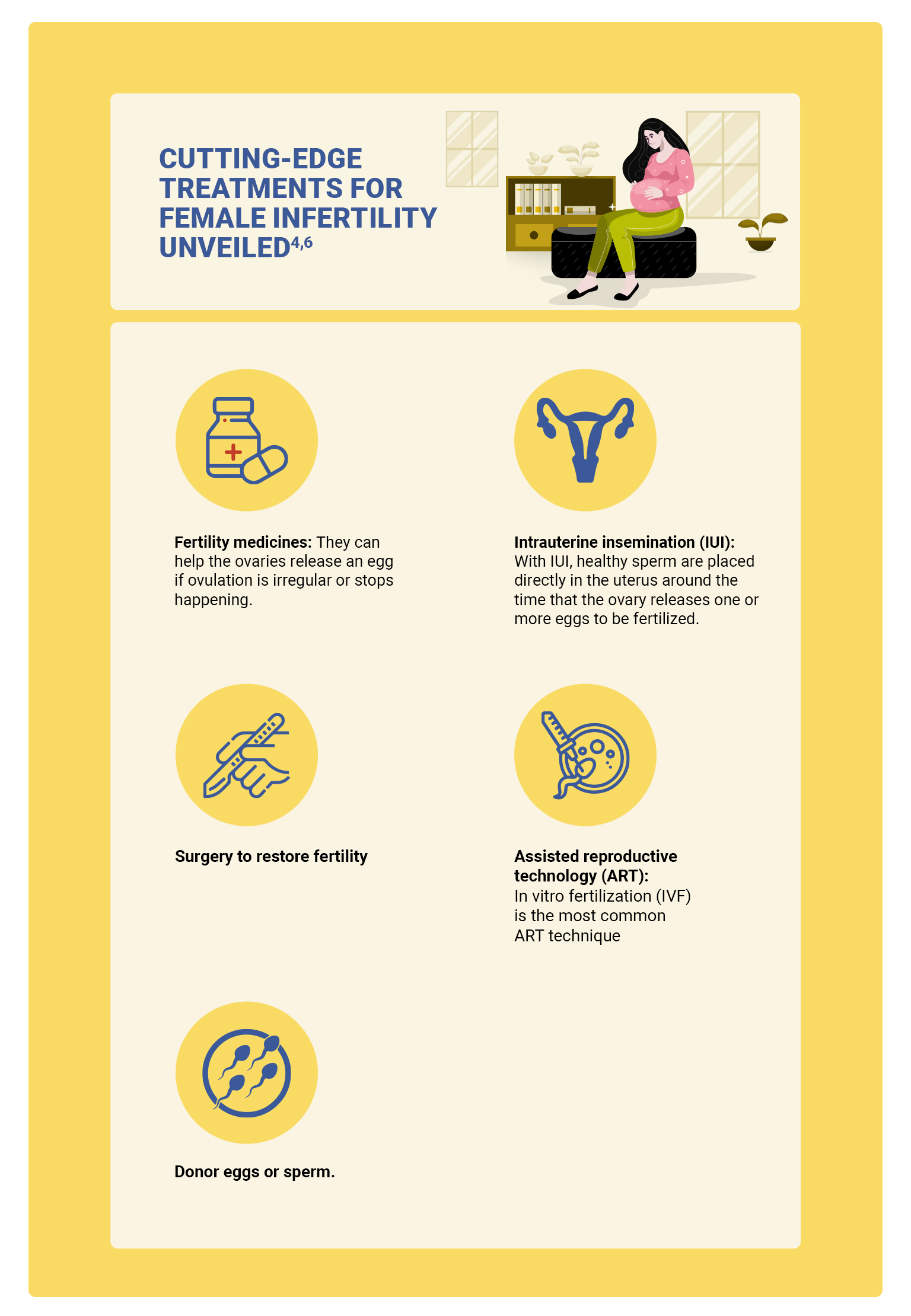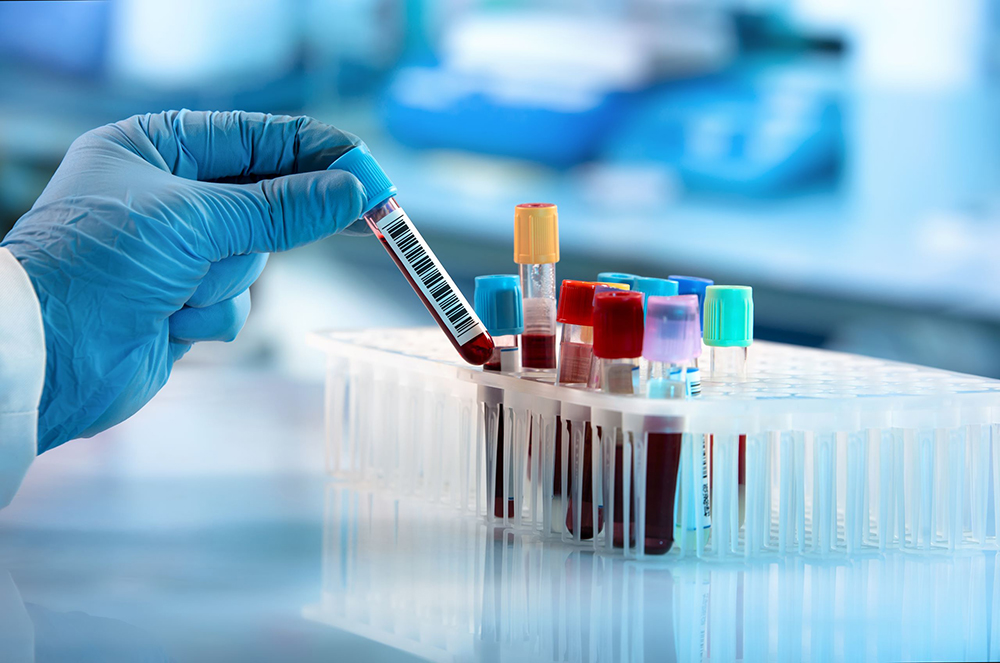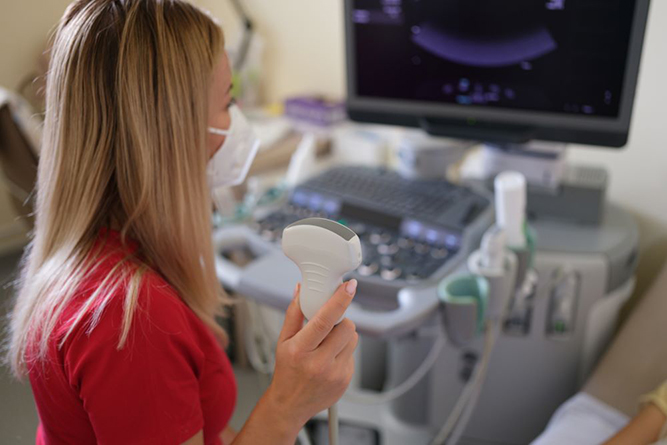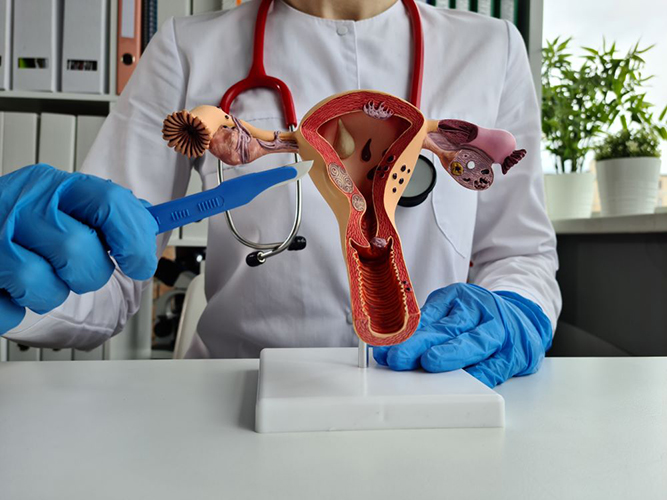Understanding Female Infertility
3 mins read
Breaking Barriers: Navigating Female Reproductive Health Challenges
Infertility means not being able to get pregnant after at least one year of trying (or 6 months if the woman is over age 35). If a woman keeps having miscarriages, it is also called infertility. Female infertility can result from age, physical problems, hormone problems, and lifestyle or environmental factors.1 The World Health Organization (WHO) performed a large multinational study to determine gender distribution and infertility etiologies. In 37% of infertile couples, female infertility was the cause. The most common identifiable factors of female infertility are as follows:2
- Ovulatory disorders - 25%
- Endometriosis - 15%
- Pelvic adhesions - 12%
- Tubal blockage - 11%
- Other tubal/uterine abnormalities - 11%
- Hyperprolactinemia - 7%
What causes female infertility?3
There are many possible causes of infertility. However, it can be difficult to pinpoint the exact cause, and some couples have unexplained infertility. Some possible causes of female infertility can include:
• Problems with your uterus
This includes uterine polyps, fibroids or adhesions (scarring) inside the cavity of your uterus. Polyps and fibroids can form on their own at any time. Adhesions can form after a surgery like a dilation and curettage (D&C).
• Problems with your fallopian tubes
The most common cause of “tubal factor” infertility is pelvic inflammatory disease (PID). Untreated chlamydia and gonorrhea are common causes of PID. Endometriosis can also cause scarring of your fallopian tubes.
• Problems with ovulation
There are many reasons why a person may not ovulate (release an egg) regularly. Hormonal imbalances, an eating disorder, substance use disorder, thyroid conditions, severe stress and pituitary tumors are all examples of things that can affect ovulation.
• Problems with egg count and quality
You’re born with all the eggs you’ll ever have, and this supply can run out early, before the natural age of menopause (around 51). In addition, some eggs will have the wrong number of chromosomes and be unable to fertilize and grow into a healthy fetus.
Ovulation disorders4
Ovulating infrequently or not at all accounts for most cases of infertility. Problems with the regulation of reproductive hormones by the hypothalamus or the pituitary gland or problems in the ovary can cause ovulation disorders.
• Polycystic ovary syndrome (PCOS)
Polycystic ovary syndrome (PCOS) causes a hormone imbalance, which affects ovulation. PCOS is associated with insulin resistance and obesity, abnormal hair growth on the face or body, and acne. It's the most common cause of female infertility.
• Hypothalamic dysfunction
Two hormones produced by the pituitary gland are responsible for stimulating ovulation each month — follicle-stimulating hormone (FSH) and luteinizing hormone (LH). Excess physical or emotional stress, a very high or very low body weight, or a recent substantial weight gain or loss can disrupt production of these hormones and affect ovulation. Irregular or absent periods are the most common signs.
• Primary ovarian insufficiency
Also called premature ovarian failure, this is usually caused by an autoimmune response or by premature loss of eggs from your ovary, possibly as a result of genetics or chemotherapy. The ovary no longer produces eggs, and it lowers estrogen production in women under age 40.
• Too much prolactin
The pituitary gland can cause excess production of prolactin (hyperprolactinemia), which reduces estrogen production and can cause infertility. This can also be caused by medications you're taking for another condition.
Damage to fallopian tubes (tubal infertility)4
Damaged or blocked fallopian tubes keep sperm from getting to the egg or block the passage of the fertilized egg into the uterus.
Uterine or cervical causes
Several uterine or cervical causes can interfere with the egg implanting or increase the risk of miscarriage:
- Benign polyps or tumors (fibroids or myomas) are common in the uterus. Some can block fallopian tubes or interfere with implantation, affecting fertility. However, many women who have fibroids or polyps do become pregnant
- Problems with the uterus present from birth, such as an unusually shaped uterus, can cause problems becoming or remaining pregnant
- Cervical stenosis, a narrowing of the cervix, can be caused by an inherited malformation or damage to the cervix
Endometriosis causing female infertility5
Endometriosis is a condition in which cells from the lining of the uterus (the endometrium) migrate to other parts of the pelvis. It can damage the fallopian tubes and the ovaries and affect the movement of the egg and sperm.
5 Essential Infertility Tests Every Woman Should Know About5
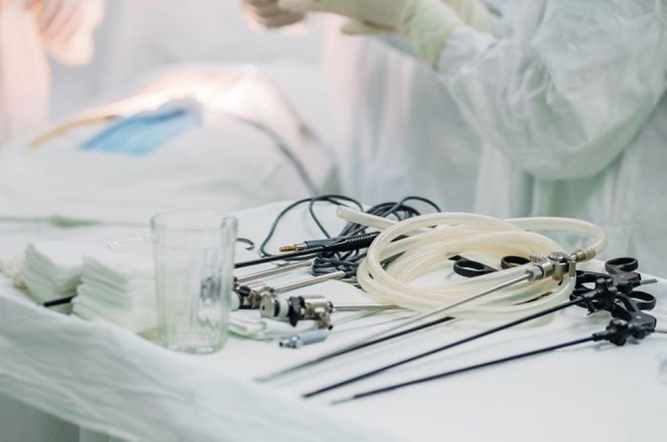
Laparoscopy
3

